Understanding your Nissan Pathfinder’s dashboard lights is essential for both your safety and your vehicle’s long-term health. These lights deliver early warnings for everything from emergency system failures to helpful reminders. Knowing what each symbol means empowers you to address issues before they become serious—or dangerous—problems.

Quick Navigation
Red Warning Lights (Stop Immediately)
Engine Oil Pressure

Low oil pressure or overheating. Pull over, check oil level, and do not drive until resolved to prevent engine damage.
Brake System
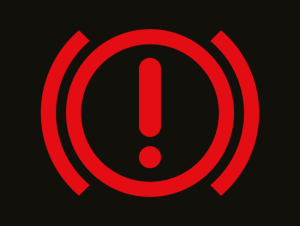
Brake fluid is low, parking brake is on, or there’s a braking system fault. Stop the car and check immediately; unsafe to continue.
Battery/Charge System
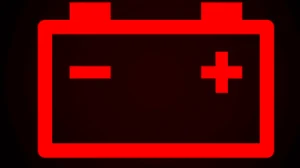
Low battery charge or alternator failure. Turn off unneeded electrical systems and have the car inspected soon.
Engine Overheating (Coolant Temperature)
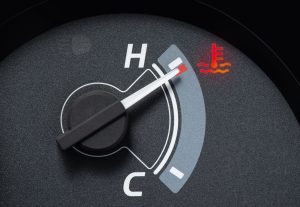
Engine temperature is too hot. Stop the vehicle and let the engine cool down before checking coolant level.
Seatbelt Reminder
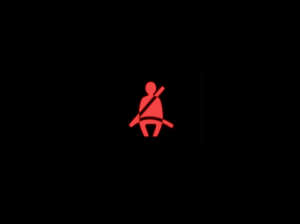
A seat isn’t buckled. Buckle all seatbelts before driving, as airbags may not function properly otherwise.
Airbag System

There’s a problem with the airbag or seatbelt pre-tensioner system. Do not drive until this is fixed; airbags may not deploy.
Door Ajar
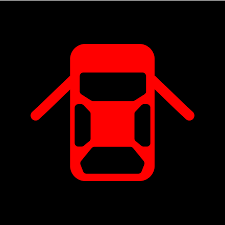
A door is open. Stop and securely close all doors; driving with open doors is unsafe.
Hood Open
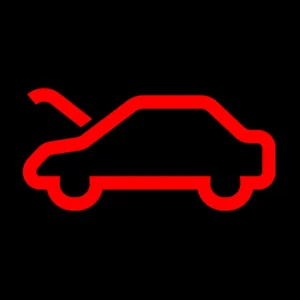
The hood is not fully closed. Check and shut the hood securely before moving.
Trunk Open
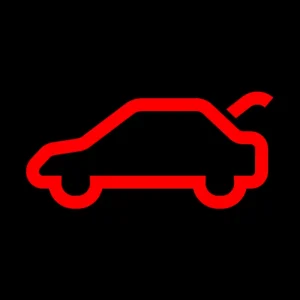
The trunk or liftgate isn’t closed. Secure it before driving to avoid cargo accidents.
Parking Brake Engaged
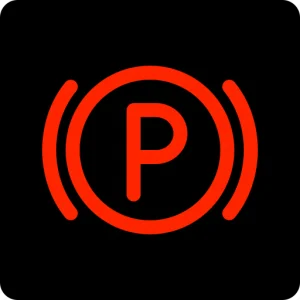
Parking brake hasn’t been released. Release fully before driving to avoid damage.
Master Warning
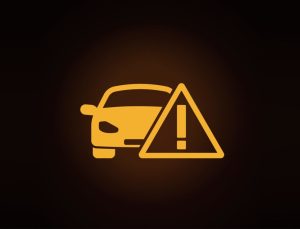
Serious system fault or critical alert. Stop, check vehicle info display messages, and address the issue immediately.
Transmission Overheat
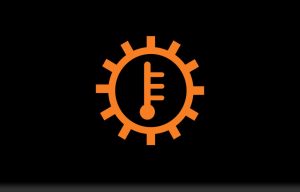
Transmission temperature is too high. Pull over and let the car cool before resuming.
Electric Power Steering Failure

Steering assistance lost. Stop and seek help immediately, as turning will be very difficult.
Brake Pad Wear

Brakes require immediate replacement to maintain stopping power. Do not delay servicing.
Collision Warning
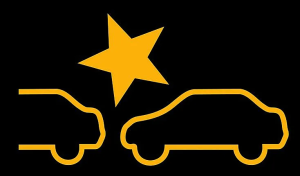
Imminent collision detected by advanced emergency systems. Stop vehicle and investigate immediately.
Yellow/Amber Warning Lights (Action Required Soon)
Check Engine (Malfunction Indicator)
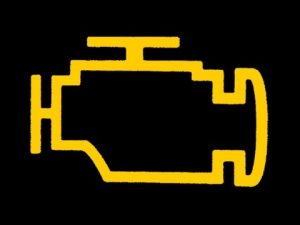
Engine or emissions system fault. Schedule a diagnostic check soon and try to minimize driving.
ABS (Anti-lock Braking System)
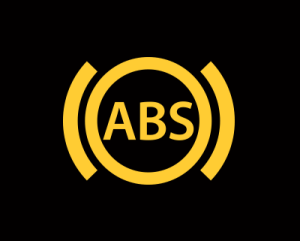
ABS isn’t working properly. Brakes work but wheels can lock during hard braking; repair soon.
Tire Pressure Monitoring System (TPMS)
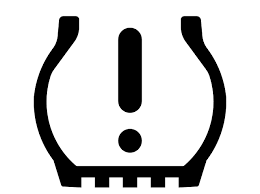
One or more tires have low pressure or the system is malfunctioning. Inflate tires to recommended pressure promptly.
Electronic Stability Program (ESP)/VDC (Vehicle Dynamic Control)
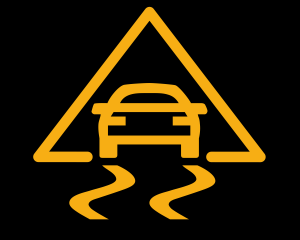
ESP/VDC is off or malfunctioning. Traction and stability may be reduced; drive carefully.
Traction Control
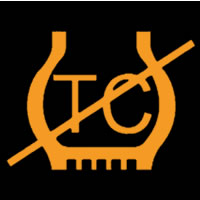
System is either engaged or has a problem. If always on, repair soon to ensure safe driving.
Slip Indicator
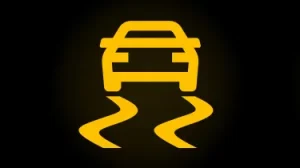
Vehicle Dynamic Control (VDC) is actively controlling traction. Reduce speed and drive cautiously.
Brake Fluid Low

Brake fluid requires topping up soon. Schedule a service to avoid unsafe braking.
Low Fuel
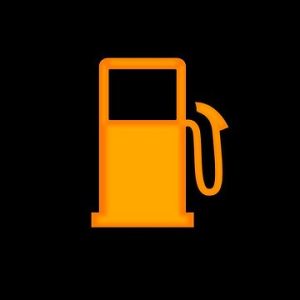
Fuel tank almost empty. Refuel as soon as possible to prevent running out.
Key Battery Low
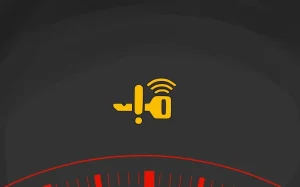
Key fob battery is running low. Replace soon to avoid being unable to start the vehicle.
Automatic Emergency Braking (AEB) Off
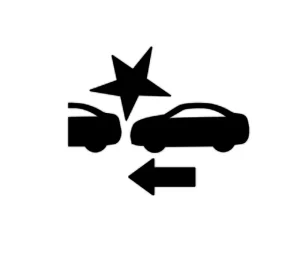
System is disabled or faulted. Collision-mitigation features unavailable; re-enable or repair promptly.
Automatic Transmission Fault

Possible transmission issue. Drive gently and have the car checked soon.
Glow Plug (Diesel)
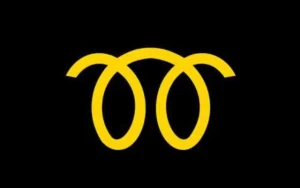
Glow plugs are warming up (diesel only). Wait for light to go out before starting engine.
DPF (Diesel Particulate Filter)
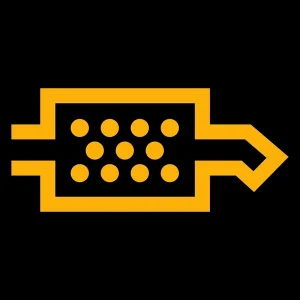
Filter is blocked (diesel only). Continue to drive at speed to clear or seek service if light persists.
Green Warning Lights (Information Only)
Cruise Control
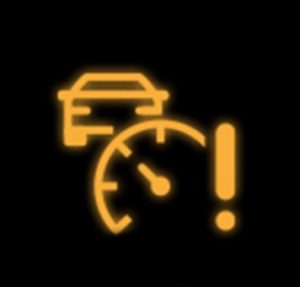
System is active. Cancel or adjust speed as needed for conditions.
Turn Signal/Indicator
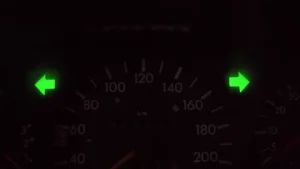
Signals a left or right turn. Flashes when signal stalk is engaged—no action needed.
High Beam

High-beam headlights are on. Turn off in oncoming traffic or well-lit areas.
Low Beam

Low-beam headlights are active. No action required unless more light needed.
Eco Mode
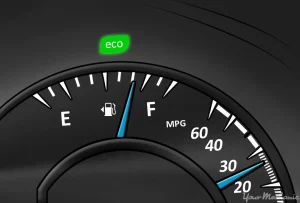
Eco-driving mode is enabled for improved fuel efficiency. No action needed.
Fog Lights
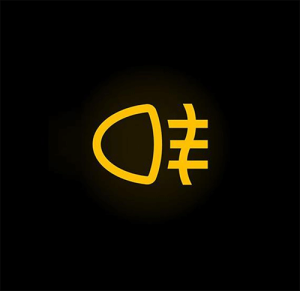
Fog lights are on. Best used in poor visibility; turn off otherwise to avoid glare.
Hill Descent Control

Feature is enabled for controlled downhill driving. No action unless going downhill.
4WD/AWD Mode
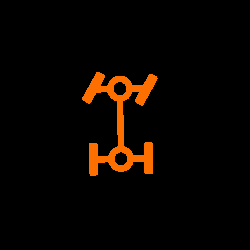
All-wheel or four-wheel drive system engaged. Useful in tough conditions; disengage on regular roads if possible.
TOW Mode
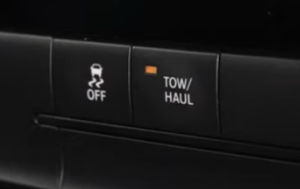
Transmission is optimized for towing heavy loads. Disengage when towing is not required.
Daytime Running Lights (DRL)
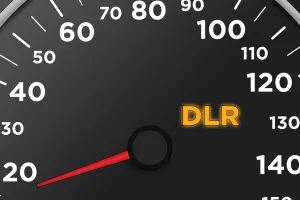
Lights are on for better visibility in daylight. No action required.
Lane Departure Warning Active
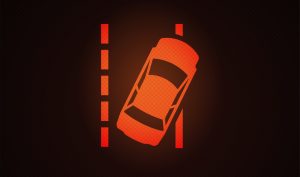
System monitoring lane position. No immediate action; pay attention and stay in lane.
Parking Sensors Active
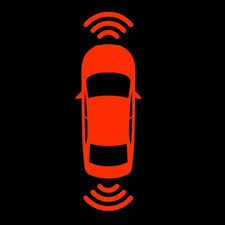
System is helping with parking maneuvers. Proceed with caution, using sensor feedback.
VDC Off Indicator

Vehicle Dynamic Control is off. Re-enable for added safety in poor conditions.
Auto Start/Stop System
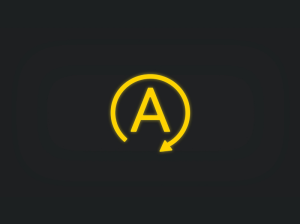
Engine is temporarily stopped to save fuel. Light shows system is active; no action required.
When looking at Nissan, make sure to check out our guides on models like the Nissan Navara and Nissan Frontier, Nissan Murano, Nissan Qashqai, and Nissan Juke. Understanding dashboard warning lights is essential. Our expert reviews break down what each light means, highlighting common alerts for these models and what they could signal about underlying issues, so you’re never left guessing behind the wheel.
This exhaustive guide empowers you to confidently interpret every major Nissan Pathfinder dashboard signal so you can act promptly and keep your trips safe and worry-free.

